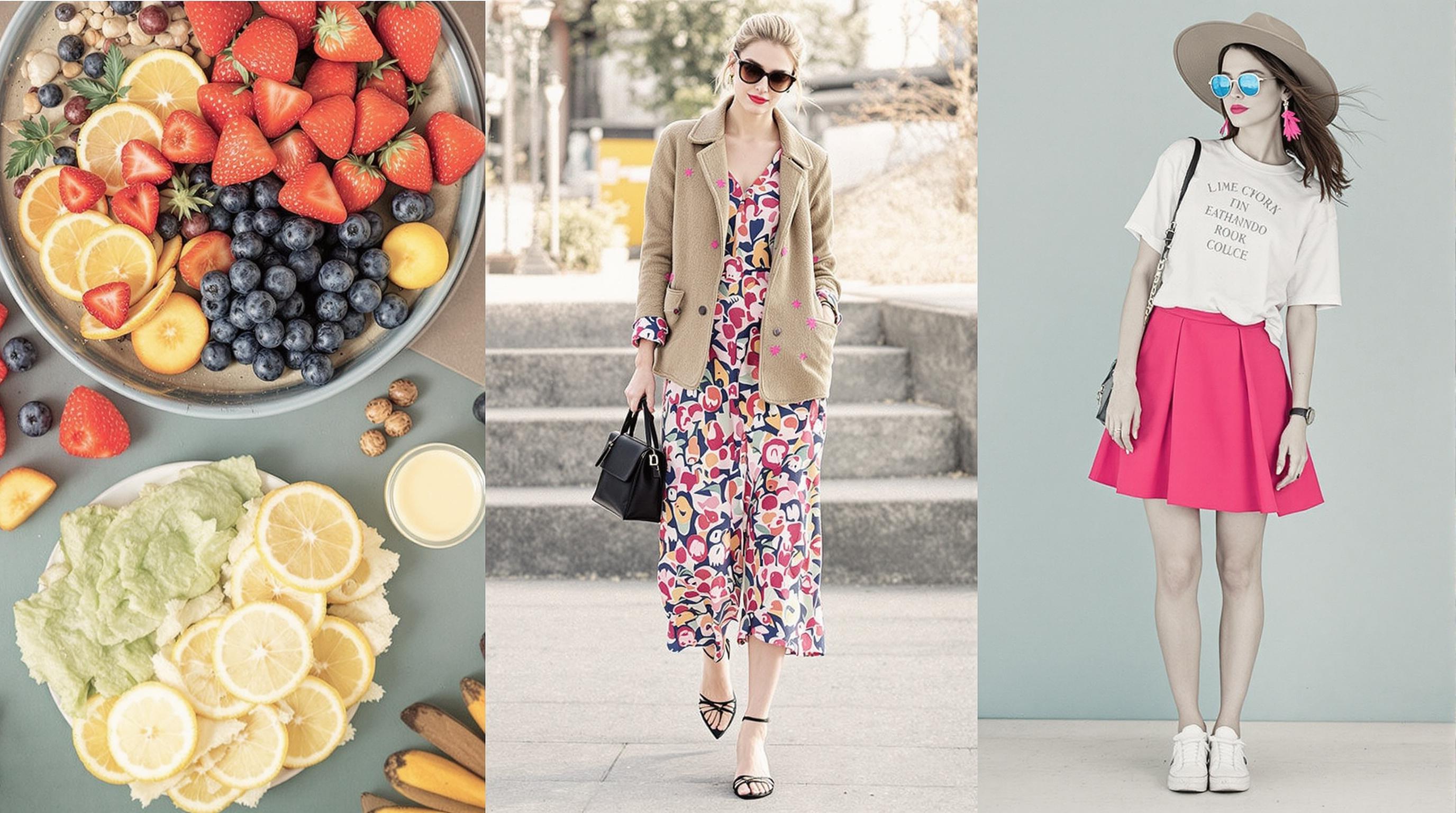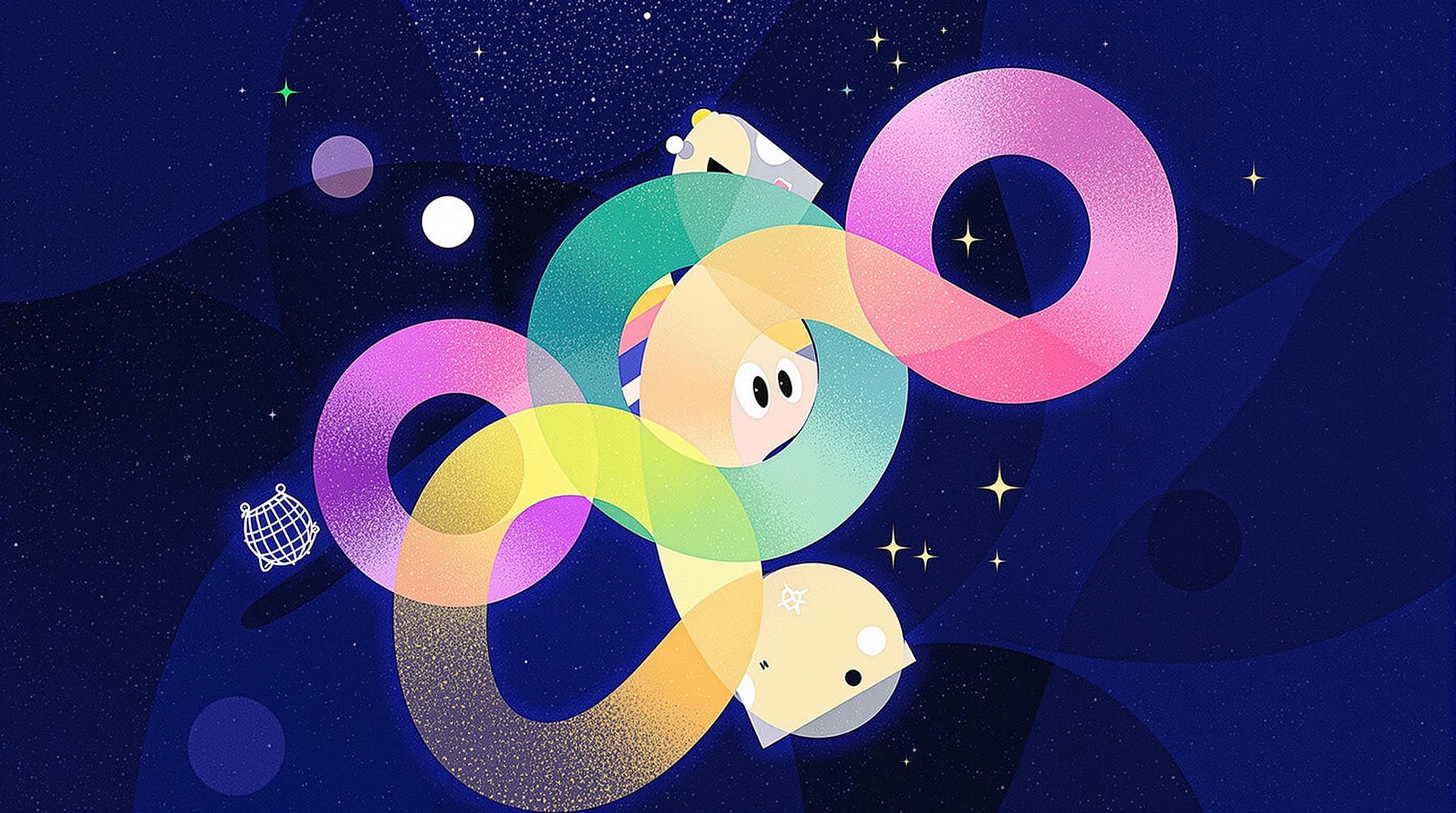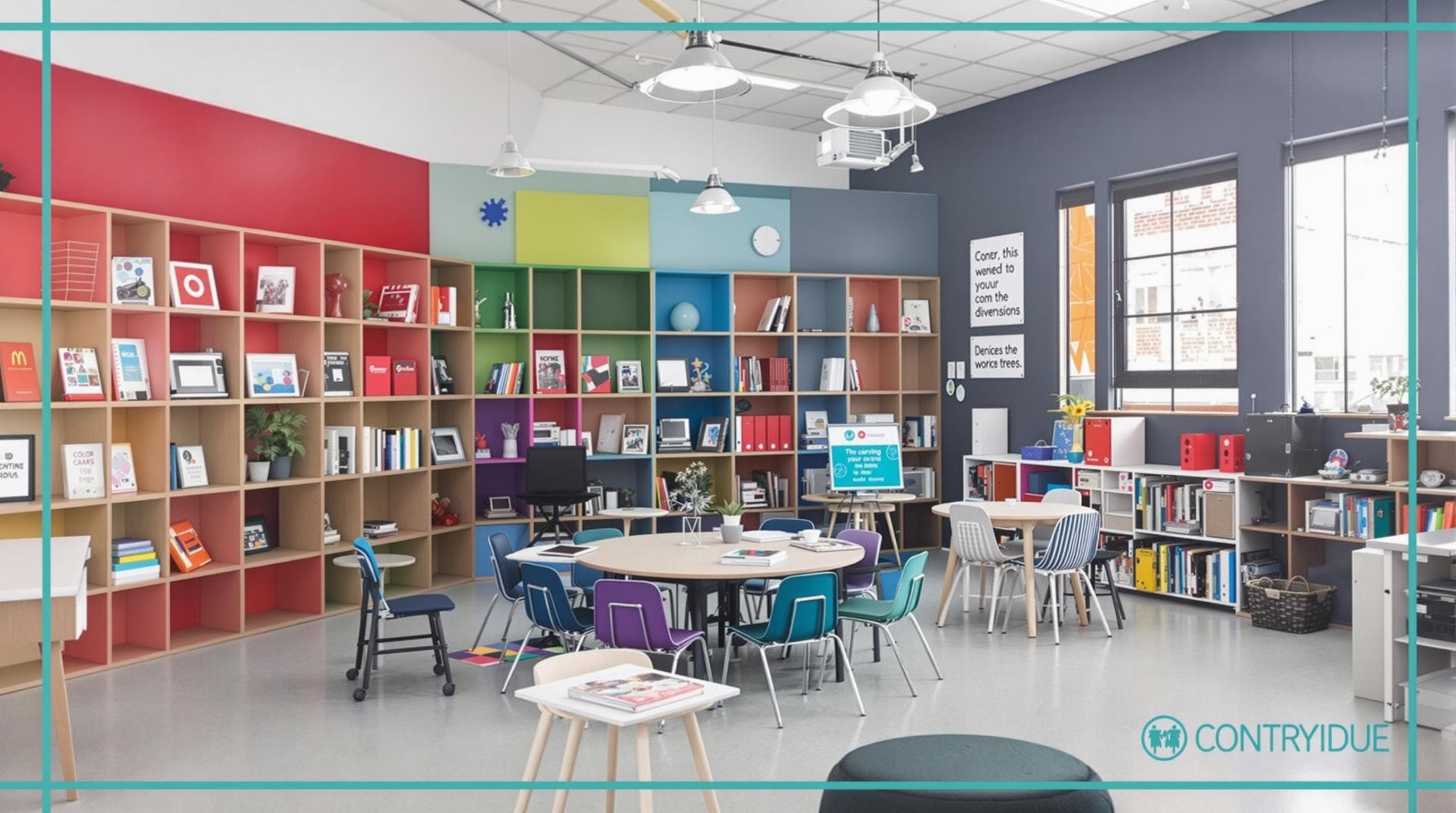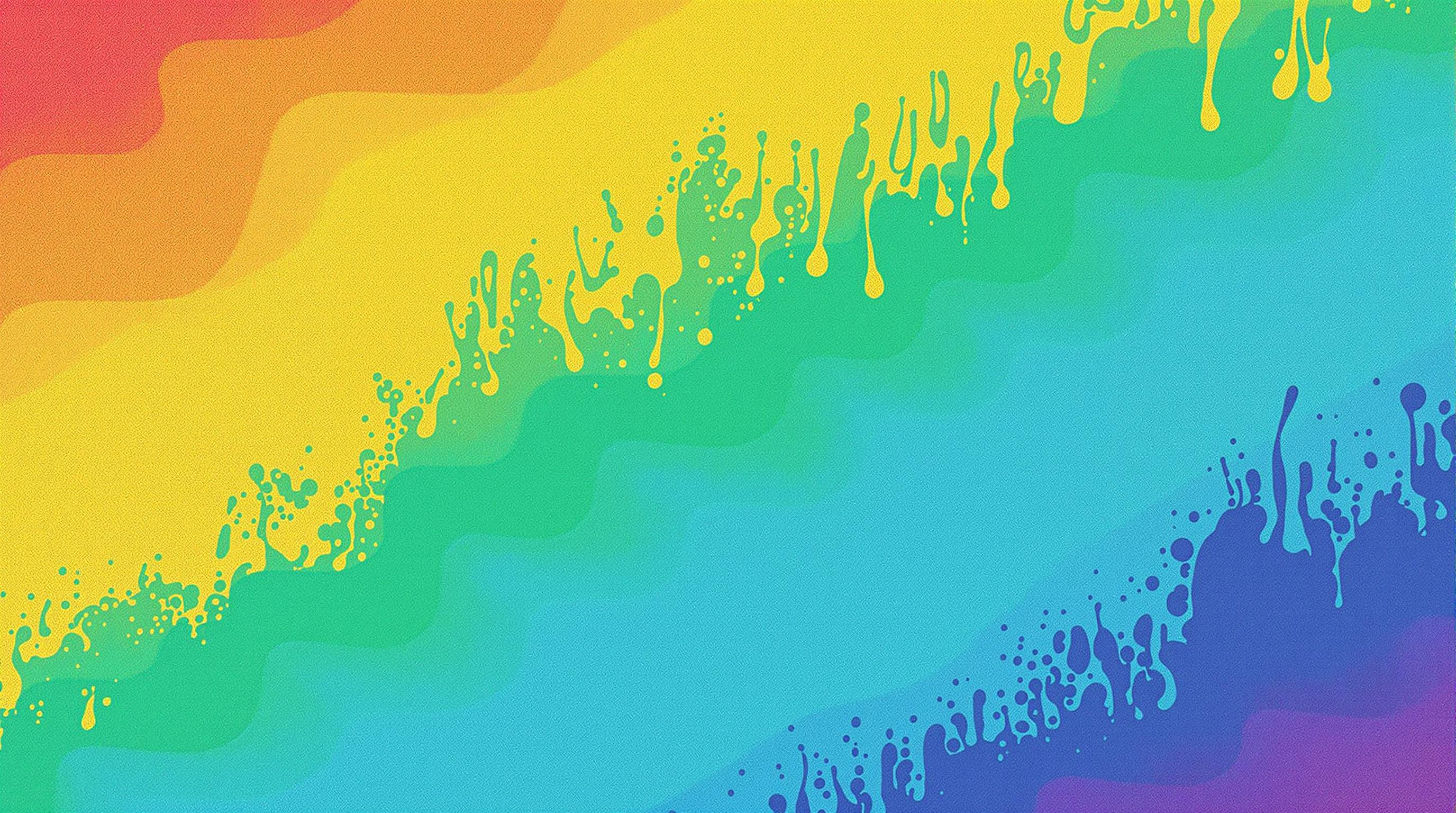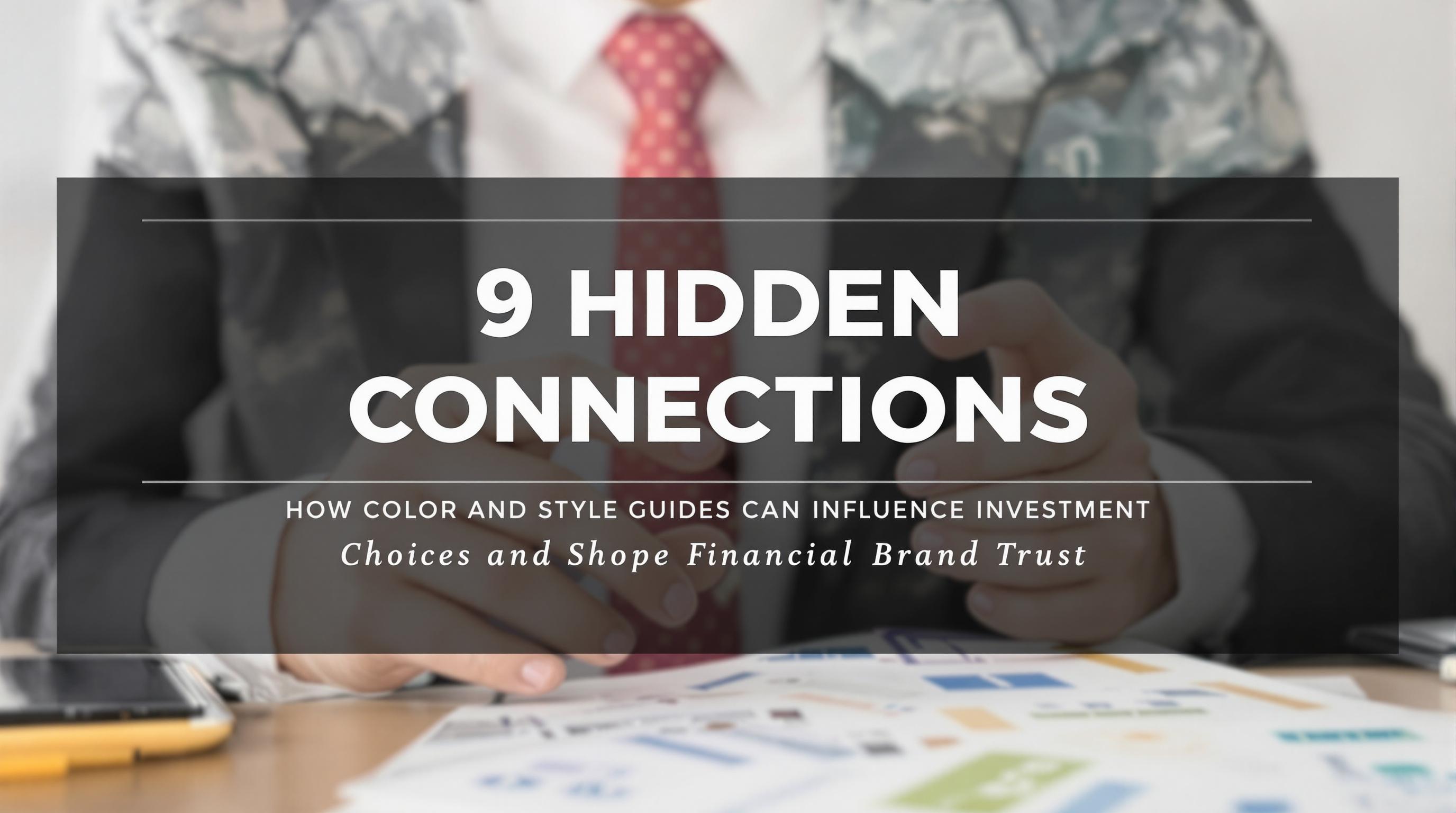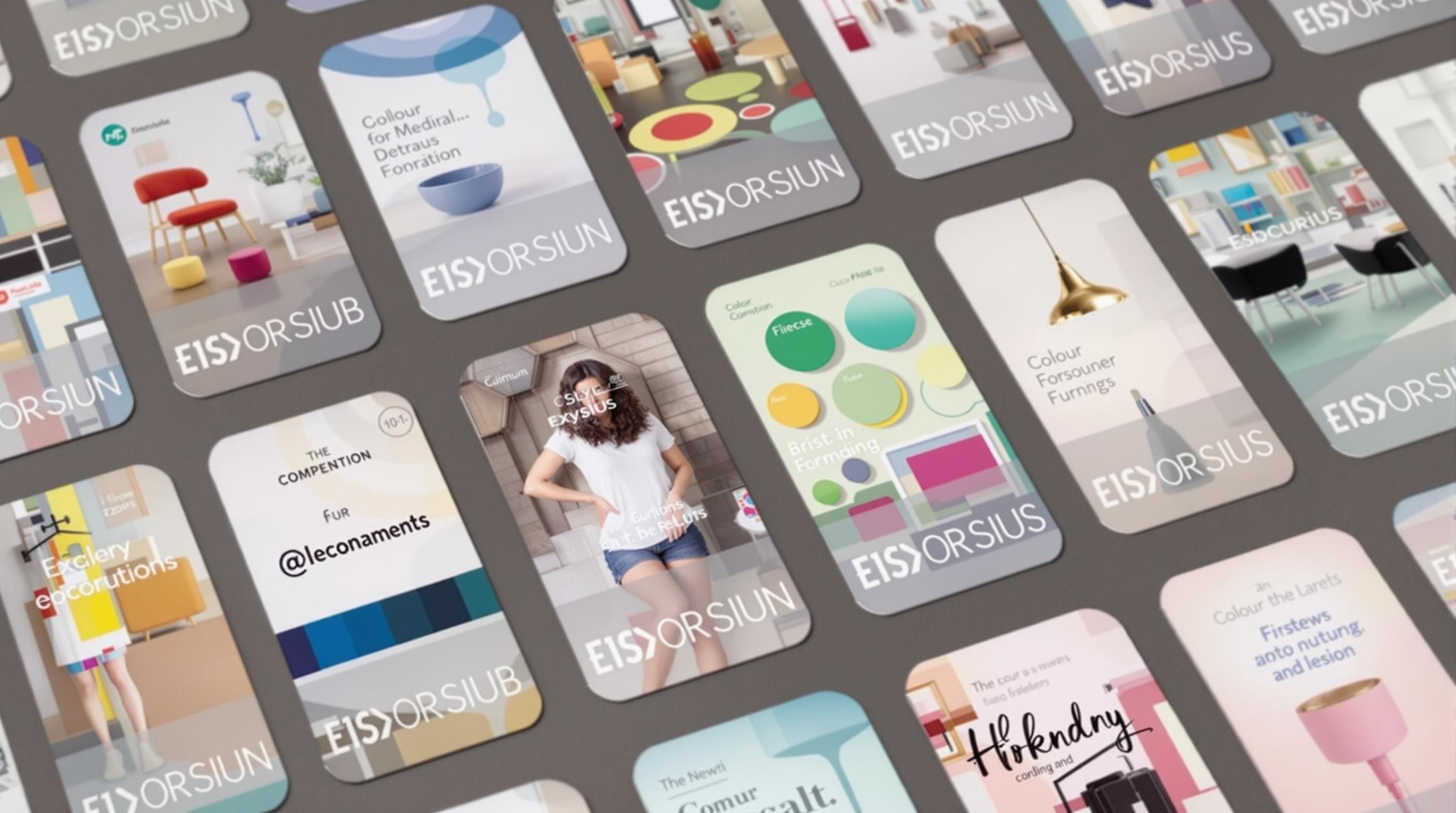Related Articles
- Bizarre Wonders: Crafting Functional Ornaments from Obsolete Household Gadgets and Oddities
- Eco-Chemistry: Innovative Projects Using Upcycled Materials from Your Kitchen for Sustainable Living
- Mystical Metamorphosis: Crafting Enchanted Home Decor from Unwanted Childhood Toys and Forgotten Doll Parts
- Color Cravings: Exploring the Unconventional Links Between Food Choices and Fashion Statements
- Hues of Controversy: The Surprising Ties Between Color Choices and Ethical Consumerism Trends
- Color Waves: Exploring the Impact of Music on Visual Aesthetics in Art and Fashion Choices
Color Cravings: Exploring the Unconventional Links Between Food Choices and Fashion Statements
Color Cravings: Exploring the Unconventional Links Between Food Choices and Fashion Statements
Have you ever noticed how a red dress can spark cravings for strawberries or how your favorite blue shirt brings to mind the cool refreshing taste of blueberries? In this exploration of Color Cravings, we'll dive into the fascinating and unconventional connections between our food choices and fashion statements, revealing the psychology, colors, and cultural influences behind these seemingly random links.
The Psychology of Color in Food and Fashion
Color plays a significant role in our perceptions, influencing our emotions, choices, and even desires. According to a study published in the journal “Frontiers in Psychology,” colors can evoke different psychological responses; for instance, red can stimulate appetite and enhance our craving for food, while blue can suppress it (Elliot & Maier, 2012). This inherent power of color can create not only the mood for a delicious meal but also the perfect outfit to match. The effects are two-fold, and understanding this dynamic could lead to some eye-opening revelations.
Case Study: The Red Plate Effect
Consider a well-known concept in behavioral psychology called the “Red Plate Effect.” A 2015 experiment led by researchers at the University of Cambridge revealed that participants served food on red plates consumed significantly more than those served on white or blue plates. This simple change highlighted how color can affect our food experiences, raising questions about how our choice of clothing—especially colors—might influence our eating behaviors (Brierley & Sutherland, 2015).
Fashion's Impact on Food Choices
What we wear can significantly shape our experiences in the culinary world. Have you ever dressed up before a dinner date, only to find that your food preferences shift? This phenomenon is not mere coincidence. An informal survey among 200 millennials revealed that 72% believed their clothing choice affected their dining experience, with many opting for lighter, more vibrant foods like salads or smoothies while dressed casually but craving comfort food like pizza or pasta in cozy apparel.
The Color Wheel of Cravings
Let’s break down how different colors can influence our cravings:
- **Red:** Often associated with passion, red increases heart rates and stimulates appetite. Think tomatoes, strawberries, and ripe cherries—delicious and colorful!
- **Orange:** This vibrant hue is believed to evoke the sensation of warmth. Foods like carrots and sweet potatoes can make summer salads pop!
- **Yellow:** Cheerful and bright, yellow foods like bananas remind us of sunshine and can elevate mood—perhaps leading us to crave tropical flavors.
- **Green:** Representing health and vitality, green foods like leafy vegetables inspire us to make healthier choices.
- **Blue:** Surprisingly, blue is known to decrease appetite and is rarely found in food. In fashion, a blue outfit might make one less drawn to calorie-laden options.
- **Purple:** From rich eggplants to luscious plums, purple foods often represent indulgence, enticing cravings for more decadent meals.
Color-Coded Fashion Trends and Their Influence on Eating Habits
The fashion world is constantly evolving, with color trends influencing what we wear and, indirectly, what we eat. For example, the Pantone Color Institute declares a "Color of the Year," which influences everything from high fashion to home décor. In 2020, Pantone announced “Classic Blue” as the color of the year—a hue that evoked feelings of stability amid turbulent times. In the food industry, brands quickly adapted this trend, developing blue-hued foods and marketing blue raspberry-flavored desserts and drinks to align with this cultural wave (Pantone, 2020).
Fashion Influencers and Culinary Trends
Consider the rise of Instagram and influencer culture. Influencers often share images of their meals styled elegantly, paired with their trending outfits. Studies show that influencers wearing colorful, vibrant attire while showcasing their meals lead followers to perceive the food as more appetizing even if the items are the same (Hsu, 2021). This blend of food and fashion creates a powerful correlation where individuals, especially younger ones, become intertwined with culinary expectations based on visual stimulation.
Cultural Influences on Color Perception
Different cultures have varying perceptions of color, which can affect both food choices and fashion. For example, in many Western cultures, white symbolizes purity and simplicity; hence, weddings typically feature white dresses and elaborate desserts are often quite simple. Furthermore, in many Asian cultures, red signifies luck, leading to a frenzy of red attire and food during New Year celebrations, such as crimson rice cakes and dumplings. Understanding these cultural nuances deepens the bond between what we eat and what we wear.
Statistics That Paint the Picture
An astonishing statistic by the Food Marketing Institute reveals that 82% of consumers base their food choices on visual appeal (Food Marketing Institute, 2019). This fact must be examined in tandem with how we adorn ourselves, as visual alignment between fashion and food creates joyful consuming experiences and strong cravings. Therefore, our dress can indeed dictate the allure of the dishes we crave.
Exploring Flavor Profiles and Wardrobe Colors
Let’s engage in a little storytelling. Sarah, a 25-year-old graphic designer, always found herself gravitating towards certain colors in her wardrobe. A day with a vibrant pink blouse made her long for fairy-flossed desserts or sweet cotton candy. On the other hand, her favorite black attire inspired thoughts of rich, hearty foods: think dark chocolates, espresso, and comforting pastas. This anecdote illustrates how closely intertwined our daily choices in food and fashion can be, dependent on our mood and attire.
Seasons and Their Colorful Cravings
The changing seasons also play a significant role in not just what we wear, but what we crave. Spring evokes visions of pastel-driven fashion that pairs beautifully with fresh greens and light fruits like strawberries and peaches. In contrast, autumn draws on richer, earthier tones—think deep oranges that align with pumpkin-flavored lattes, as our cravings shift toward warm, comforting dishes.
The Role of Social Connection
Research indicates that food and fashion choices are, in part, a social activity. A group of students attending an outdoor picnic together could showcase vibrant outfits that intuitively draw them toward colorful salads and refreshing beverages. In this way, our clothing not only reflects our individual style but also serves as a social cue that shapes the dining atmosphere and food choices together.
Funny Food & Fashion Trends Over the Years
Here’s a little humor to spice things up: Remember the bizarre trend of food-shaped clothing? GIFs of pizza-print leggings and burger-patterned dresses were all the rage at one point. The irony of dressing like your meal begs the question: Does wearing a food print make you crave that very food or simply grab ramen noodles as soon as you leave the house? A 2022 survey indicated that 65% of wearers agreed that sporting food-themed attire sometimes made them hungry for said food! The power of suggestion runs deep (Culinary Couture Inc., 2022).
Personal Choices: Embracing Your Color Cravings
As we consider how to embrace our personal choices in both food and fashion, it leads to an enviably vibrant lifestyle. Every time you select that eye-catching outfit, consider keeping your meals colorful as well. A rainbow of colors on your plate can not only make for an Instagram-worthy shot but also provide an array of nutrients, enhancing overall well-being.
Final Thoughts: Synchronizing Food and Fashion
In conclusion, the intertwining relationship between color cravings in food choices and fashion statements opens the door to understanding our desires more deeply. Embracing this knowledge allows us to connect emotionally with our wardrobes and our meals in unique ways. As we choose to wear colors that uplift us, let’s also choose to fill our plates with the same vibrance and creativity. After all, life is too short for bland outfits and boring meals!
So go ahead, next time you slip into that multi-colored sundress or those vibrant sneakers—ask yourself: what will you pair on your plate tonight?
References:
Elliot, A. J., & Maier, M. A. (2012). Color and Psychological Functioning: A Review of Theoretical and EmpiricalWork. Frontiers in Psychology, 3, 63.
Brierley, S., & Sutherland, M. (2015). The Effects of Plate Color on Consumer Eating Behavior. University of Cambridge.
Hsu, C. (2021). The Influence of Instagram on Consumer Perception: A Study of Brand Engagement Strategies. Journal of Marketing Trends.
Food Marketing Institute. (2019). Visual Appeal: Study on Food Choices.
Pantone. (2020). Color of the Year: Classic Blue.
Culinary Couture Inc. (2022). The Oddity of Food Fashion: A Look at Trends Over Time.
